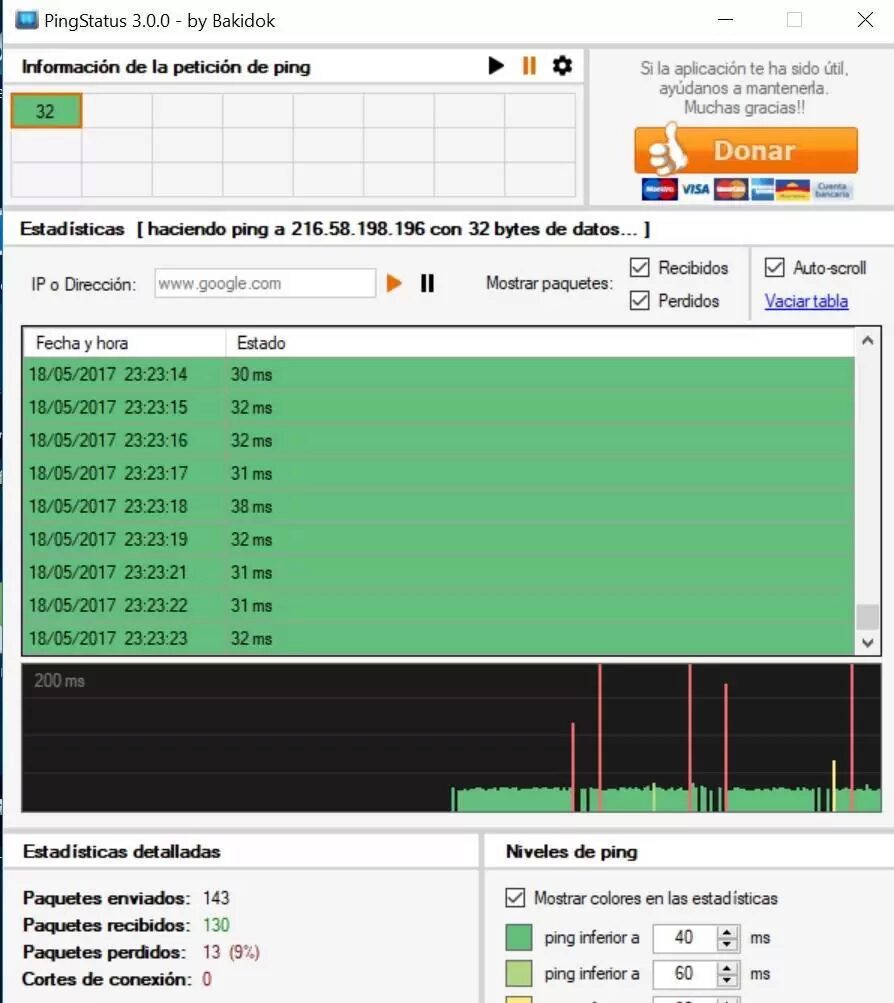

Test-Connection uses the – TargetName parameter to specify SCCMDC. Test-Connection -TargetName SCCMDC -Count 3 -Delay 2 -MaxHops 128 -BufferSize 256 Use parameters to customize the test command : The -IPv4 parameter specifies the protocol for the test.Ī series of TestConnectionCommand+PingStatus objects are sent to the output stream, one object per ping reply from the target machine. Test-Connection uses the -TargetName parameter to specify the SCCMDC computer. Send echo requests to a remote computer : This command shows you the PowerShell version information on your machine. Get the PowerShell Version from your machine : What version of PowerShell am I using for this blog?

If multiple connections are tested, an array of Boolean values is returned. The – Quiet parameter returns a Boolean value in a System.Boolean object for each tested connection. Unlike the familiar ping command, Test-Connection returns a TestConnectionCommand+PingStatus object that you can investigate in PowerShell. You can use the parameters of Test-Connection to specify both the sending and receiving computers, to run the command as a background job, to set a time-out and number of pings, and to configure the connection and authentication. You can use this cmdlet to determine whether a particular computer can be contacted across an IP network. The Test-Connection cmdlet sends Internet Control Message Protocol (ICMP) echo request packets, or pings, to one or more remote computers and returns the echo response replies.
Pingstatus how to#
Each week, Adam will walk you through a PowerShell command, showing you when and how to use each one. This is a part of an on-going blog series written by Adam Gordon.


 0 kommentar(er)
0 kommentar(er)
